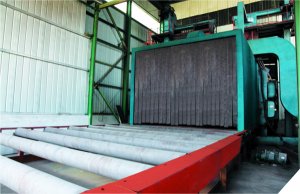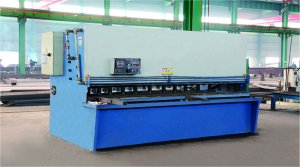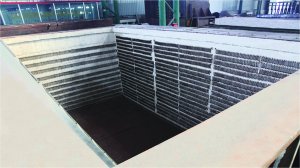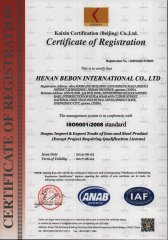20Cr is a commonly used alloy carburizing steel, and its excellent carburizing performance is its main feature. After carburizing and quenching treatment, the surface of the steel has high hardness and good wear resistance, which can effectively cope with frictional working conditions, while the core can still maintain sufficient toughness and can withstand a certain impact load. This performance characteristic allows it to operate well in some working environments with friction and impact. In terms of size specifications, it is very rich. It can provide different forms such as round steel and square steel, which can adapt to a variety of processing techniques and meet the production needs of different parts in industries such as machinery manufacturing. Whether it is manufacturing small gears or larger shaft parts, etc., suitable size forms can be found.
In its chemical composition, the chromium element plays a role in improving hardenability, making the uniformity of the carburized layer better, allowing a more reasonable performance transition between the surface and the core of the steel, and ensuring the overall mechanical properties. In industrial production, 20Cr is widely used in the manufacture of parts such as gears and piston pins. For example, the gears of automobile transmissions often use 20Cr steel. After being treated by processes such as carburizing, the surface has good wear resistance and can cope with the friction during the gear transmission process, and the toughness of the core ensures that it is not easily damaged when subjected to impact, thus ensuring that the parts can work reliably under complex working conditions. It is one of the important material selections in the manufacture of mechanical transmission components.
With its excellent carburizing performance, diverse size forms, and reasonable chemical composition, 20Cr occupies an important position in machinery manufacturing, especially in the production of transmission components. It provides a large number of reliable part materials for industries such as automobiles and mechanical equipment. As the industry's requirements for the performance of transmission components continue to increase, it is also continuously promoting the optimization and upgrading of related manufacturing processes to better meet the development needs of the industry.

 Address:Zhengzhou city in China.
Address:Zhengzhou city in China. Phone:0086-371-86151827
Phone:0086-371-86151827 Email:
Email:



 Address: Zhengzhou city in China.
Address: Zhengzhou city in China.


